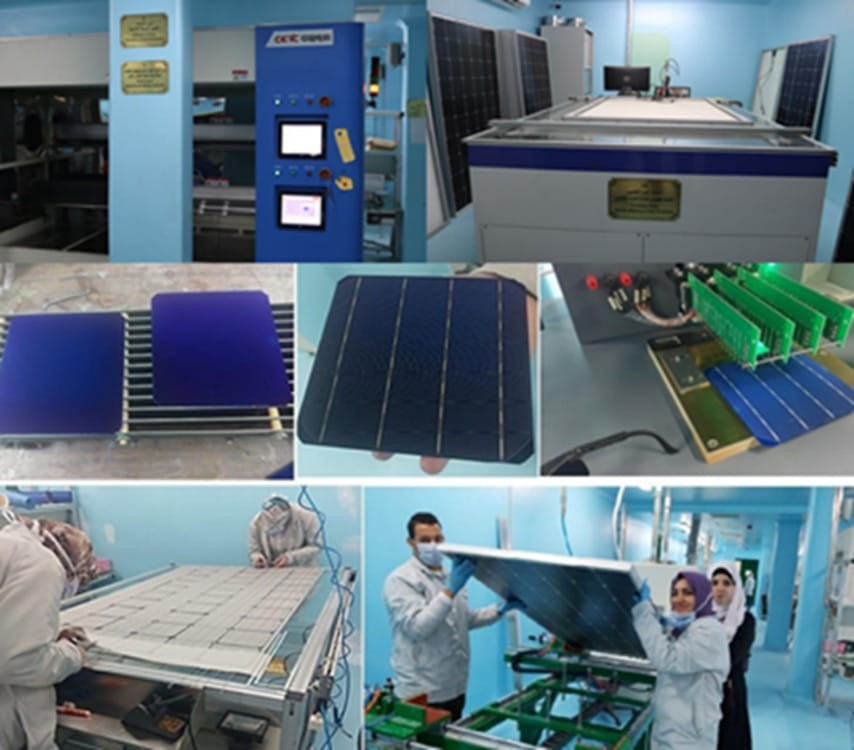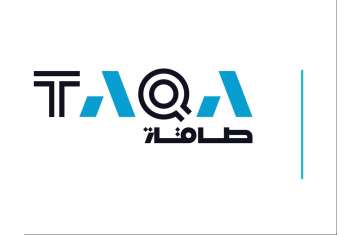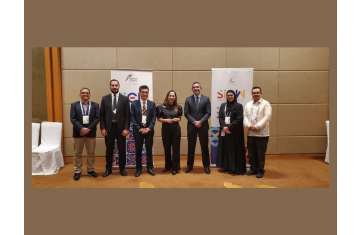Urgent
Austria's economy shows signs of recovery as new year begins
 UAE Fuel Price Committee announces prices for January
UAE Fuel Price Committee announces prices for January
 Gold set for best year in nearly half a century
Gold set for best year in nearly half a century
 Korea's consumer prices up 2.1% in 2025
Korea's consumer prices up 2.1% in 2025
 UAE steps up citizen housing initiatives in 2025
UAE steps up citizen housing initiatives in 2025
 Natural gas accounts for 70% of portfolio output: Mubadala Energy COO
Natural gas accounts for 70% of portfolio output: Mubadala Energy COO
 World Customs Organisation praises Dubai Customs' Cross-Border E-Commerce Platform
World Customs Organisation praises Dubai Customs' Cross-Border E-Commerce Platform
 TAQA, EWEC announce financial closing for 1GW Al Dhafra Power Plant
TAQA, EWEC announce financial closing for 1GW Al Dhafra Power Plant

 UAE Fuel Price Committee announces prices for January
UAE Fuel Price Committee announces prices for January
 Gold set for best year in nearly half a century
Gold set for best year in nearly half a century
 Korea's consumer prices up 2.1% in 2025
Korea's consumer prices up 2.1% in 2025
 UAE steps up citizen housing initiatives in 2025
UAE steps up citizen housing initiatives in 2025
 Natural gas accounts for 70% of portfolio output: Mubadala Energy COO
Natural gas accounts for 70% of portfolio output: Mubadala Energy COO
 World Customs Organisation praises Dubai Customs' Cross-Border E-Commerce Platform
World Customs Organisation praises Dubai Customs' Cross-Border E-Commerce Platform
 TAQA, EWEC announce financial closing for 1GW Al Dhafra Power Plant
TAQA, EWEC announce financial closing for 1GW Al Dhafra Power Plant









Comments